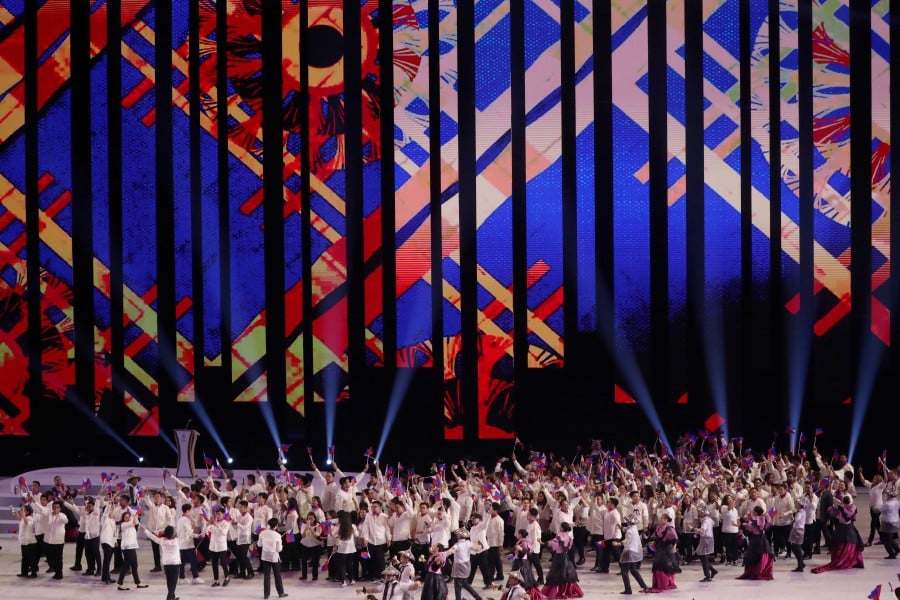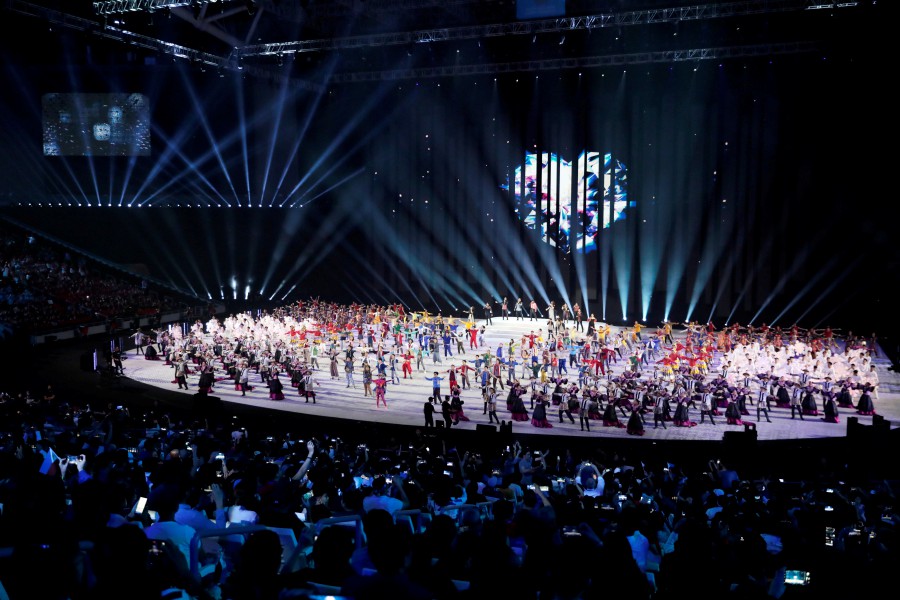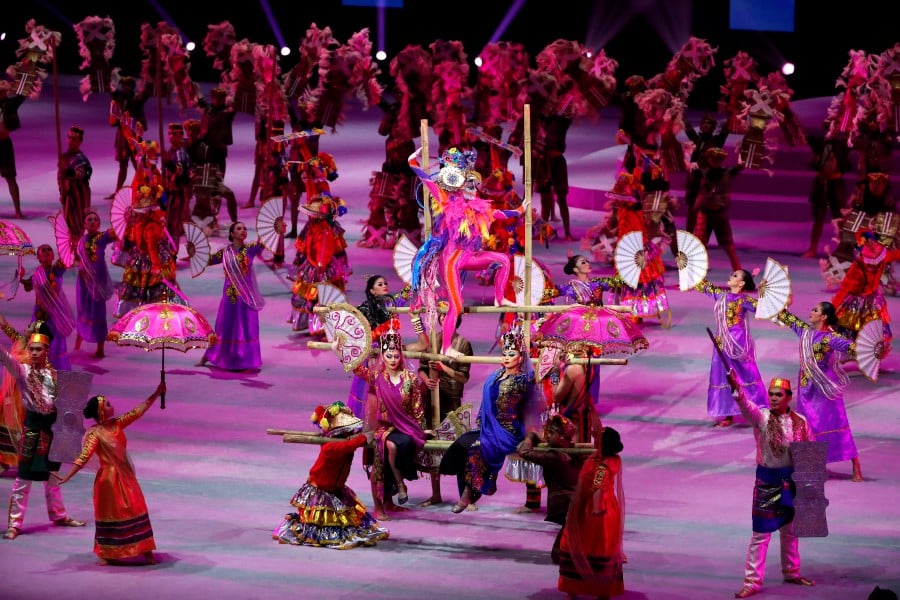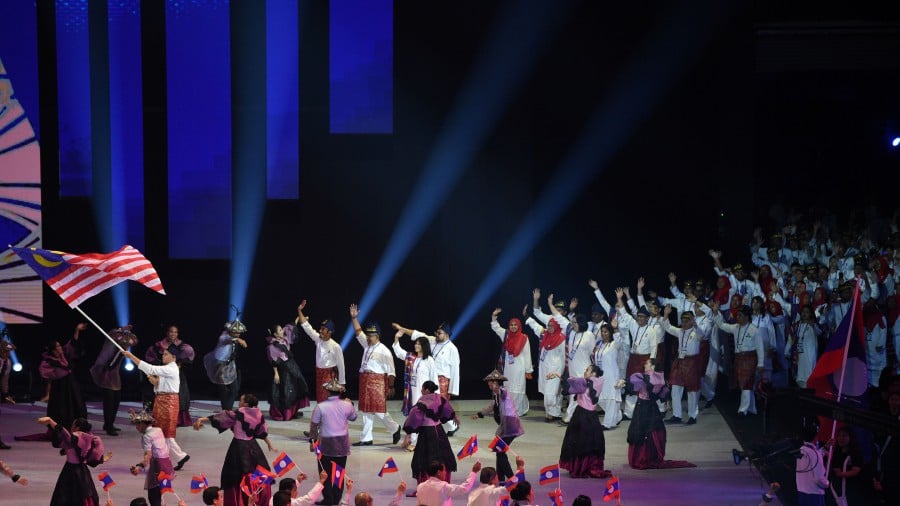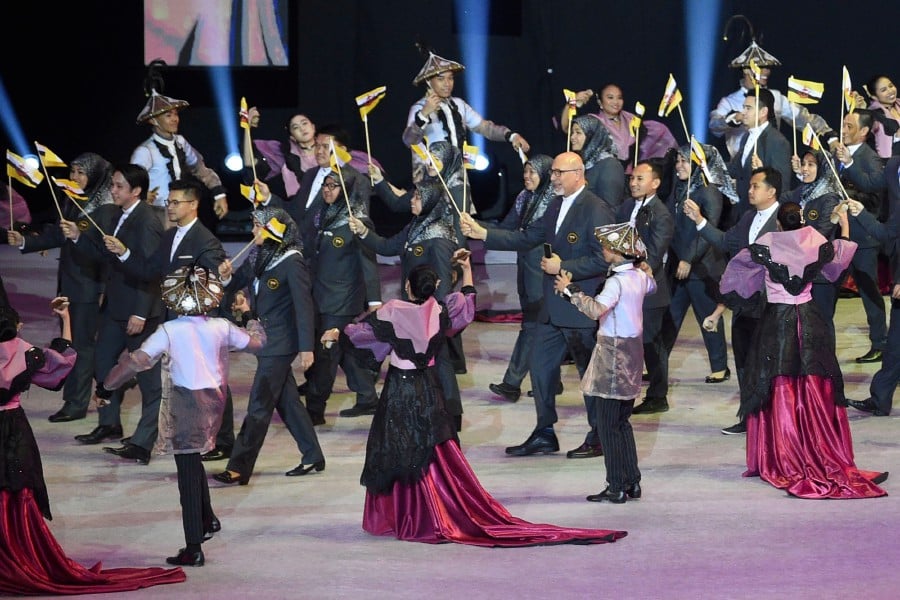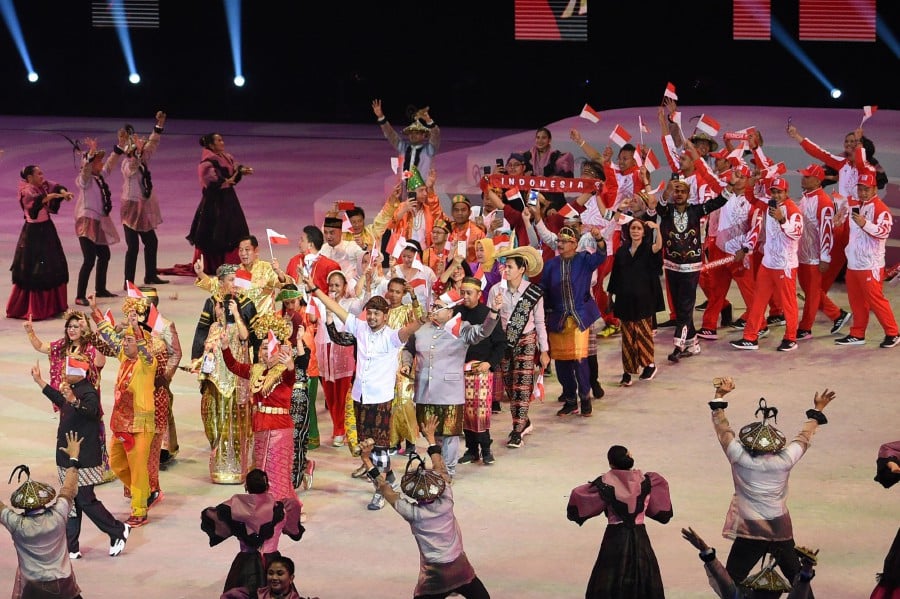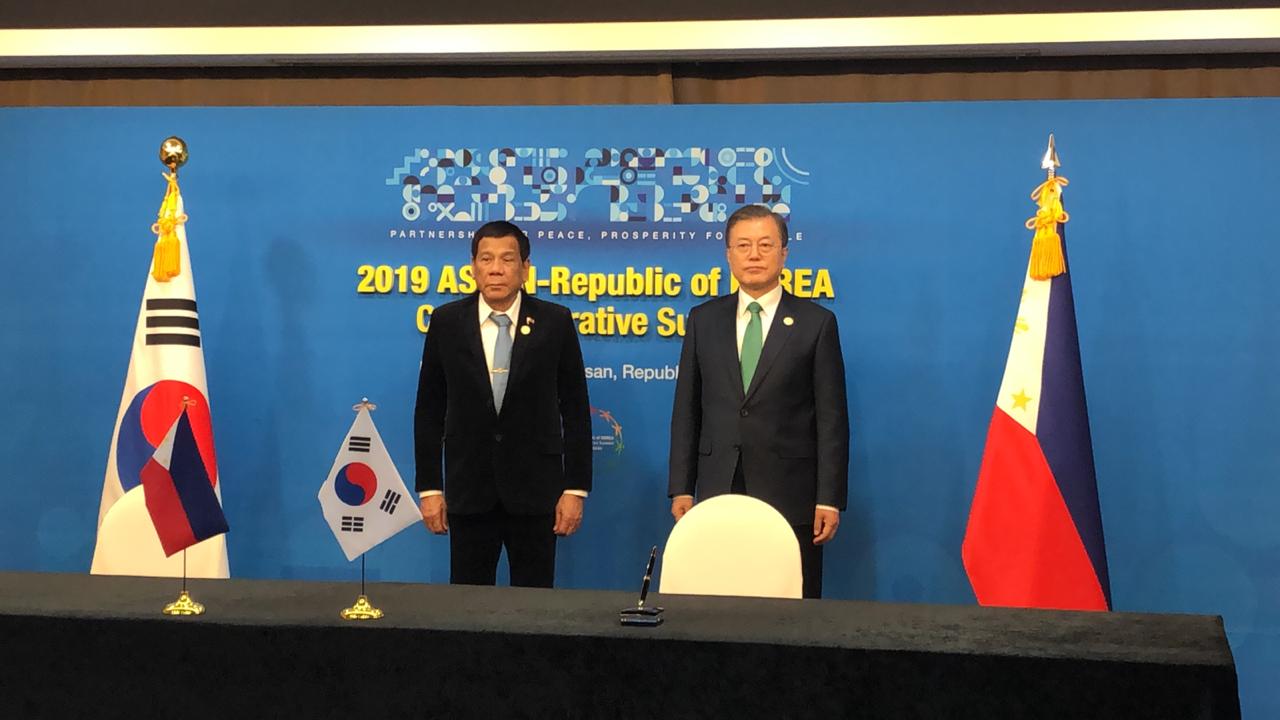Philippines taking multicultural dream on to global stage
FIFA.com
19 November 2019
There is not a national squad like that of the Philippines anywhere else on the planet. This statement can only be understood by delving a bit deeper into the team’s recent history.
In 2005, an anonymous video games fan got in touch with the Philippine Football Federation (PFF) to inform them that Phil and James Younghusband, two English brothers coming through Chelsea’s youth set-up, had a Philippine mother and were eligible to play for the Azkals.
In a region where basketball and boxing tend to take centre stage, it was essential for the PFF to find a way of boosting football’s profile and popularity. And that is where history plays a decisive role: throughout the last century, Filipinos were long associated with searching for opportunities far outside their borders. As a consequence, thousands of Filipino citizens and their descendants play in countries with a richer footballing history.
The Miracle of Hanoi
The idea of unearthing players in far-flung parts of the world began to take shape, but results did not initially follow. The PFF decided not to enter the qualifying campaigns for the 2006 and 2010 FIFA World Cup™ tournaments, because, despite the significant economic and logistical efforts being made, the team’s level of play was still too low. In the end, the transformation of the Filipino national team was achieved through a focus on improving competitiveness, which would eventually bear fruit at major tournaments.
One of the most striking examples of tangible progress came at the AFF Championship, a competition which pits some of the best nations in south-east Asia against each other every two years. In 2010, Vietnam – hosts and defending champions – were drawn to play Philippines in the second match of the group stage – a daunting challenge for a side that had lost five and drawn one of their last six games.
However, an eye-catching performance by the Azkals led to what is now commonly known as the 'Miracle of Hanoi'. Goals from the English-born pair of Chris Greatwich and Phil Younghusband silenced the 40,000 home fans, in the new mixed-race generation’s first landmark victory.
From video games to social networks
Following that memorable success, a number of players with Filipino parentage expressed a desire to represent the national team.
Sometimes, it was the PFF that took the first step. “My mum is from the Philippines, and they contacted me to find out if I wanted to be part of the team,” forward Angel Guirado – born in Spain, and a Filipino international since 2011 – told FIFA.com.
On other occasions, word of mouth and the emergence of social networks provided the link. “I had a friend who played with Angel Guirado in Spain, and I’d heard the story,” explained Carli De Murga, who is another Spaniard with a Filipino mother, and who has also represented Philippines since 2011. “I contacted Angel through Facebook, and he put me in touch with the Federation. I sent them a video and they called me up straight away.”
Currently, the squad includes footballers born in 12 different countries: Germany, England and Spain make up the majority, but Denmark, Norway, the Netherlands, Scotland, Australia, Italy, Switzerland, Japan and the United States also feature.
What is it actually like to be part of such a multicultural squad? “The atmosphere is brilliant,” said De Murga. “Personally speaking, playing in the same jersey as people with so many different cultures and customs has really helped me to mature. It broadens your horizons. And I love that everyone’s also quite alike, and that we all feel comfortable in each other’s company.”
Syria showdown key to World Cup dream
Playing in this diverse and familiar environment has started to pay dividends. In January the Filipinos competed in the AFC Asian Cup for the first time, and they currently find themselves in an advantageous position in the second round of Asian qualifying for Qatar 2022.
Philippines lie third in Group A, with the same number of points as China PR. A draw in their upcoming match with Syria would be enough to move them up into second spot (based on their record, the runners-up may qualify for the third round), at least until the next round of games in March.
“That would be amazing – a fantastic achievement!” said Guirado from the team’s camp in Dubai, where the match is due to take place. “In football, nothing is impossible. The result in our first game with Syria (a 5-2 defeat) did flatter them quite a bit.”
“It’s now or never,” said De Murga. “We have an historic opportunity. Syria have a lot of talent up front, but they sometimes leave themselves open at the back. We have to play as a unit, try to frustrate them, and do them damage any time we get a chance.”
Curiously, Phil Younghusband, the youngest of the two long-serving siblings, announced his retirement from football on Monday. He bids farewell to the game as Philippines’ most capped player (108 appearances) and their all-time top scorer (52 goals), and will likely look on with great excitement as the world’s most multicultural team attempt to pull off another impressive result on Tuesday.
